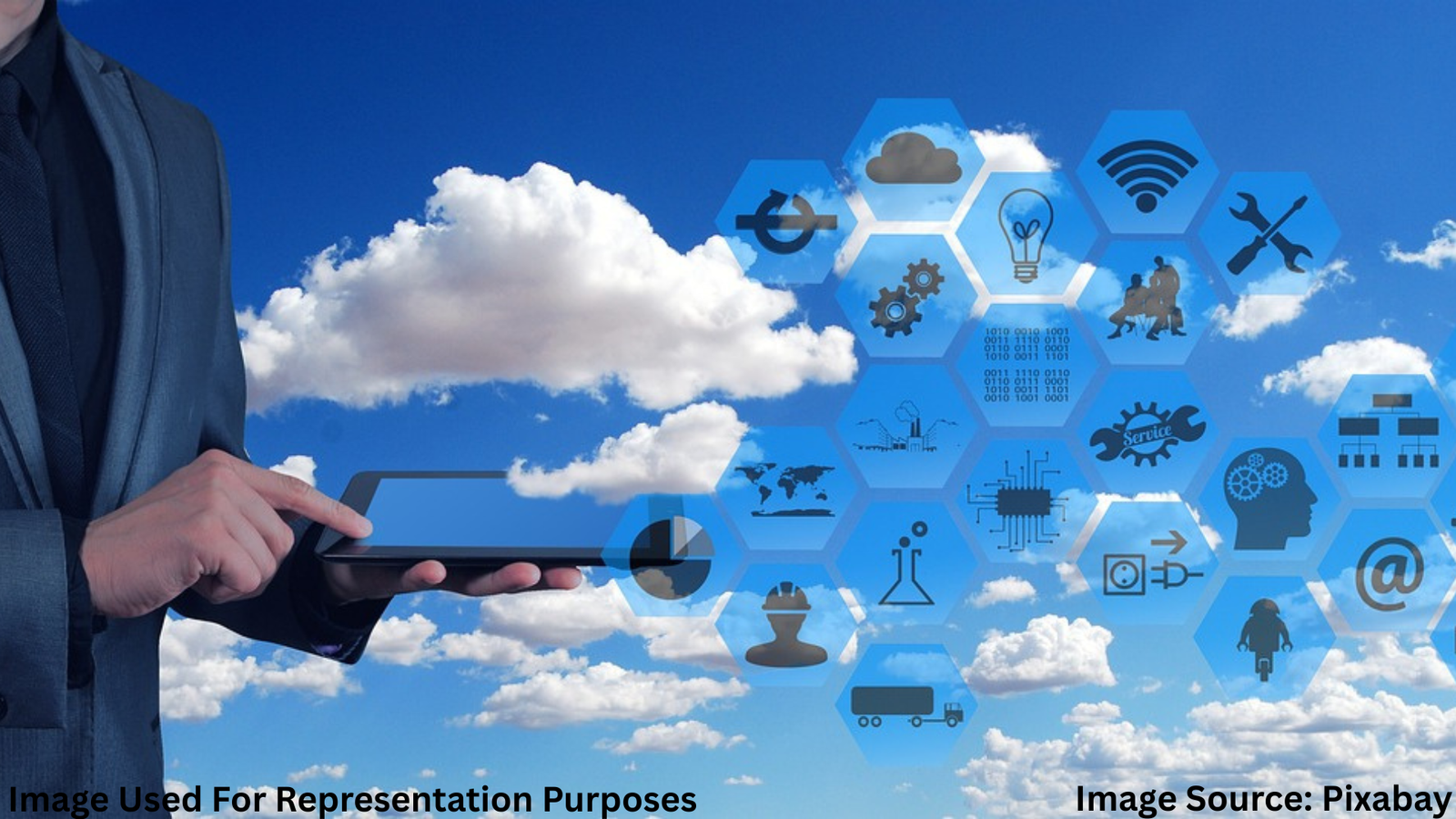
How Seniors Stay Connected With Technology
In a world where digital communication dominates, how seniors stay connected with technology is becoming an inspiring story of adaptation and resilience. While technology once seemed out of reach for many older adults, today’s seniors are proving that age is no barrier to building strong relationships through the power of modern devices and platforms.
The Growing Role of Technology in Seniors’ Lives
Technology has transformed the way we interact, and seniors are no exception. From video chats with grandchildren to joining online hobby groups, older adults are using digital tools to bridge physical distances and nurture emotional connections. These virtual interactions often help reduce loneliness, which is a major concern for people in their later years.
From Letters to Laptops: The Evolution of Connection
Many seniors grew up in an era when handwritten letters and landline calls were the primary forms of communication. Today, they have embraced laptops, tablets, and smartphones. This shift has allowed them to participate in family events, even when separated by thousands of miles. For example, 80-year-old Mrs. Daniels attends her granddaughter’s school recitals through live streaming, ensuring she never misses a milestone.
Read our Article on how Seniors Stay Connected With Technology
Technology Tools That Foster Relationships
Several tools have proven especially effective in helping seniors stay connected:
- Video Calling Apps – Enable face-to-face conversations with loved ones anywhere in the world.
- Messaging Services – Allow instant updates, photo sharing, and daily chats.
- Social Media Platforms – Help seniors share life moments and stay informed about friends and family.
- Online Groups and Forums – Provide spaces for shared interests and new friendships.
Real-Life Story: Building a Digital Bridge
Take the case of Robert, a 74-year-old widower. At first, he felt hesitant about learning to use a smartphone. But after his son taught him how to use a messaging app, Robert began sharing photos of his gardening projects with family. Now, he participates in weekly video calls, giving him a sense of inclusion and joy.
Mental Benefits of Staying Connected
The impact of how seniors stay connected with technology goes beyond social interaction. Engaging in conversations, navigating new platforms, and learning to use apps stimulate the brain. These activities can improve memory, problem-solving skills, and overall cognitive health, making technology a valuable mental exercise for older adults.
Overcoming Barriers to Technology
While the benefits are clear, some challenges remain. Fear of breaking devices, difficulty remembering passwords, and small text on screens can be obstacles. However, simplified devices, larger displays, and voice-activated assistants are making technology more accessible than ever before. Community centers and libraries often offer free tech workshops tailored for seniors.
The Emotional Rewards of Connection
Human beings thrive on connection, and seniors are no different. A simple good-morning message from a friend, a shared laugh on a video call, or a group chat during a holiday can lift spirits and strengthen bonds. These moments create a sense of belonging that is essential for emotional well-being.
Tips for Seniors to Stay Connected Online
- Start with one or two easy-to-use apps.
- Schedule regular calls or chats to stay consistent.
- Ask family members for patient guidance.
- Join online groups based on personal hobbies or interests.
- Use accessibility settings for easier navigation.
The Future of Digital Connection for Seniors
As technology advances, the opportunities for seniors to maintain strong relationships will only grow. Voice-controlled devices, virtual reality meetups, and AI-powered companions are just a few innovations on the horizon. These tools promise not only to keep seniors socially engaged but also to enhance their mental agility and happiness.
Conclusion: Technology as a Lifeline
The reality of how seniors stay connected with technology shows that digital tools are far more than a convenience—they are a lifeline. With curiosity, support, and the right resources, older adults can use technology to maintain deep connections, stay mentally sharp, and enrich their daily lives.

Akalumhe Jefferson is a content writer with a new found interest for crafting engaging stories that transport readers to new worlds. Although no current actual background in creative writing but there’s active love for writing



